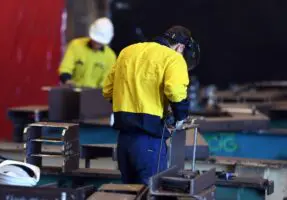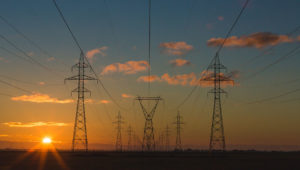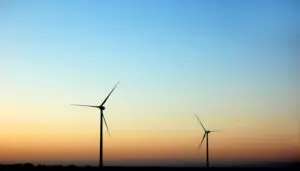A UK-based tin mining corporation says it hopes to develop a renewable-powered mine in the New England region of New South Wales, by running its most energy-intensive processes in daylight hours only and powering them with solar.
The company, First Tin Plc, has announced a partnership with energy company Bid Energy Partners to conduct a feasibility study on renewable energy supply options for the Taronga Tin Project, a mine it purchased from Aus Tin in 2021 for $A34 million.
The project, owned by First Tin’s wholly-owned Australian subsidiary Taronga Mines, is a planned open pit mine near Emmaville, which is located in the heart of the newly declared New England Renewable Energy Zone.
The project has a resource of approximately 28Mt of tin and an estimated life of around 11.2 years. The REZ has been declared in the region because it is seen as a critical region to build new wind, solar and storage to help replace the state’s ageing and dirty coal assets.
First Tin says in a statement it owns about 25 square kilometres of freehold land abutting the project, which it says will be sufficient to develop solar and wind resources to power the mine.
The mine is also located close to energy infrastructure: within four kilometres of an 11 kV powerline, seven kilometres from a 66 kV powerline, and eleven kilometres from a 330 kV powerline.
The company says the most energy intensive part of the mine’s operation will be the crushing process, which it believes it can limit daylight hours only to optimise the use of solar energy, which it notes is the lowest cost energy in the state.
BID has been hired to consider strategic partners for the construction of a renewable energy park at the site that could supply excess power back to the grid.
First Tin says the implementation of a renewable energy strategy is a critical step in its move to becoming a low-carbon business.
“First Tin is very pleased that we have been able to partner with a well-respected renewable energy company at our Taronga tin project,” said CEO Thomas Buenger.
“The first phase of this workstream will deliver a series of alternatives for First Tin to consider as its ultimate power solution.”
The company notes in a recent presentation to investors that Australia’s energy transition is accelerating as coal fired generation exits and is replaced with renewable generation capacity.
“The New South Wales and Australian Federal Government have announced a range of support programmes to deliver renewable energy to NSW and today’s announcement is aligned with our stated desire to have the highest ESG credentials, for the benefit of all our stakeholders,” Buenger said in a statement.
Other big mines are also switching to renewables, including those on the grid, and off the grid. The Agnew gold mine in Western Australia (pictured) became the first to add both wind and solar in its off grid locations, while the big iron ore mines to the north are adding solar, wind and battery storage to their private networks.
The giant West Musgrave nickel mine – located in a remote area in the centre of Australia – is also looking at powering its operations with at least 80 per cent wind and solar, mostly because the competing technologies of gas and diesel are so expensive.
Tin is the major component used to solder electrical connections together, accounting for 50% of total tin demand.
The energy transition, at its core a switch from pipelines to cables, is the biggest long-term demand driver of tin. As moves to limit the use of lead (the other major constituent of solder) grow, and as the need for solar ribbon, EVs and 5G technology grow, demand is expected to rise in the long-term.
But illegal tin mining in overseas jurisdictions is notorious for environmental damage and a poor safety record.
Indonesia’s Bangka Island, off Sumatra’s east coast, is the world’s largest tin-producing region, with the South China Morning Post reporting that 53 miners died in the region in 2012 – most of those in illegal mining operations rife with injuries and child labour.










